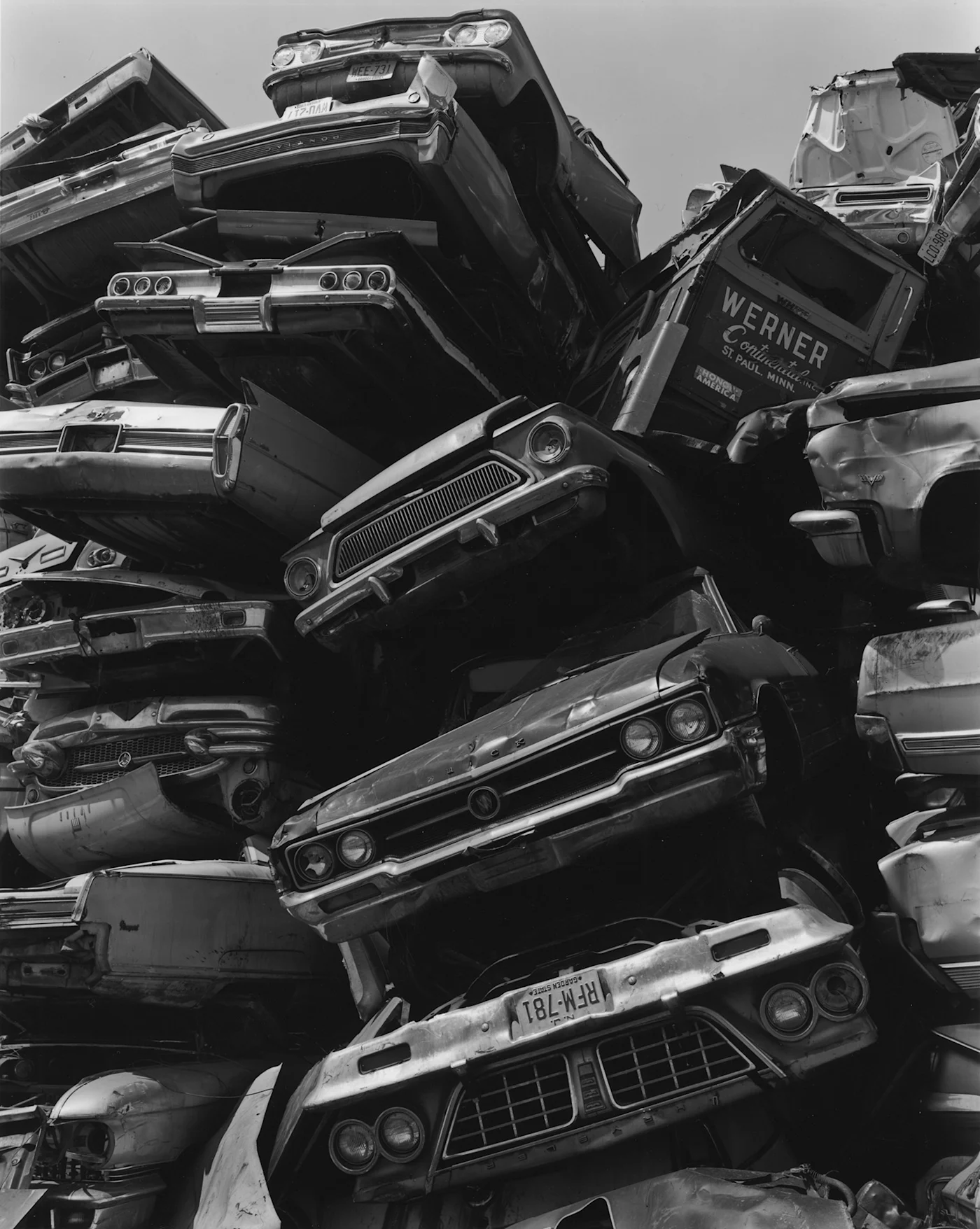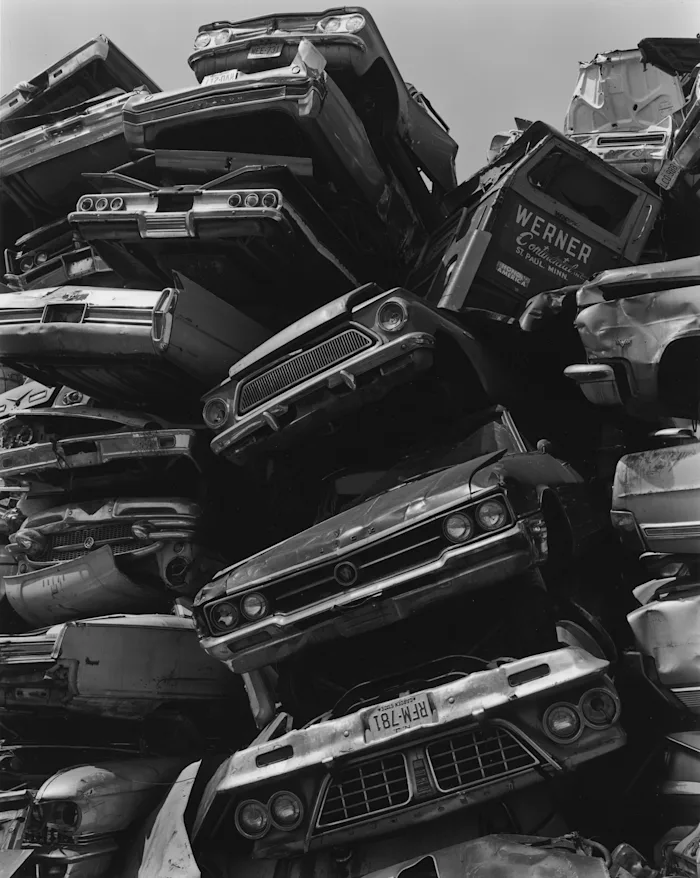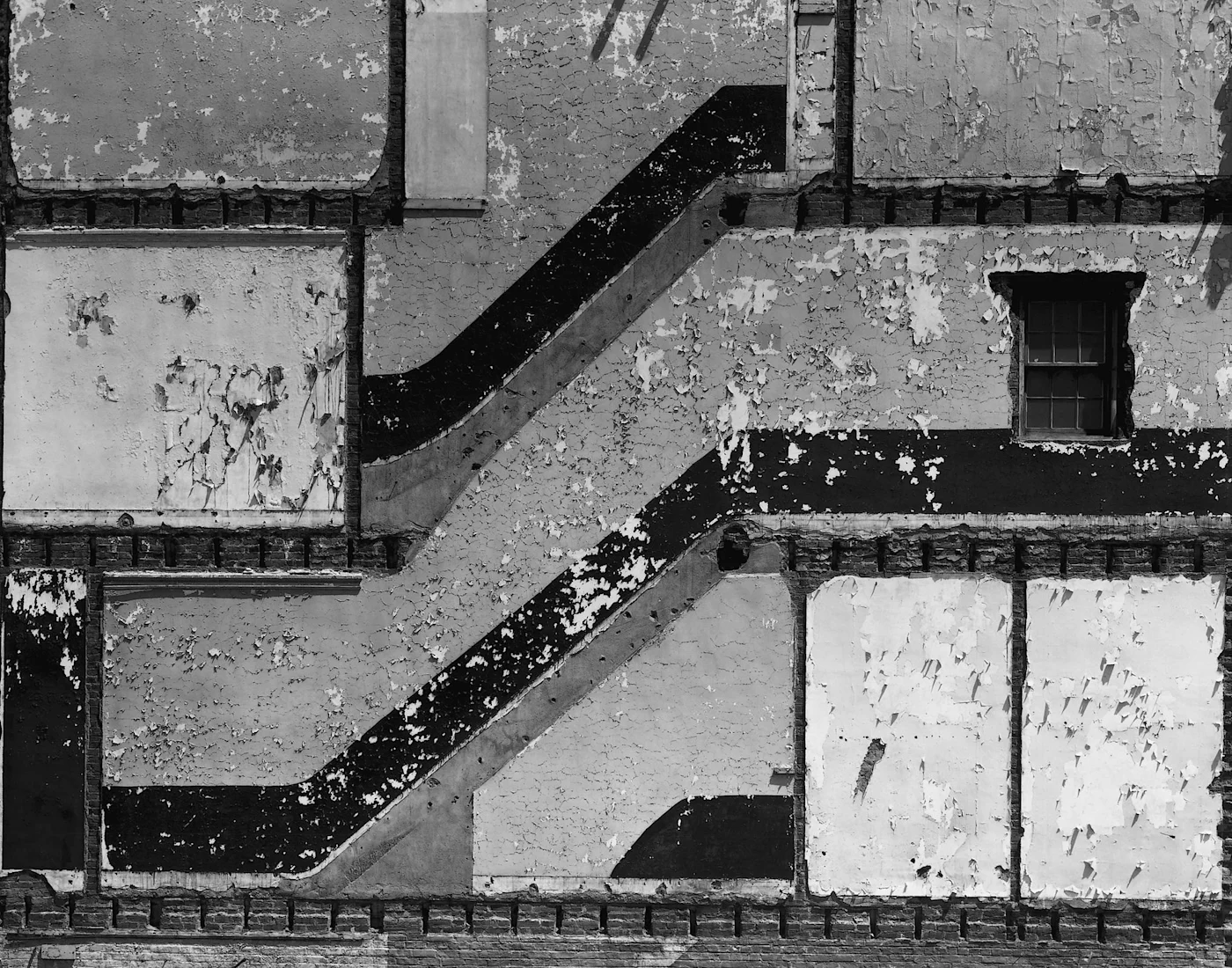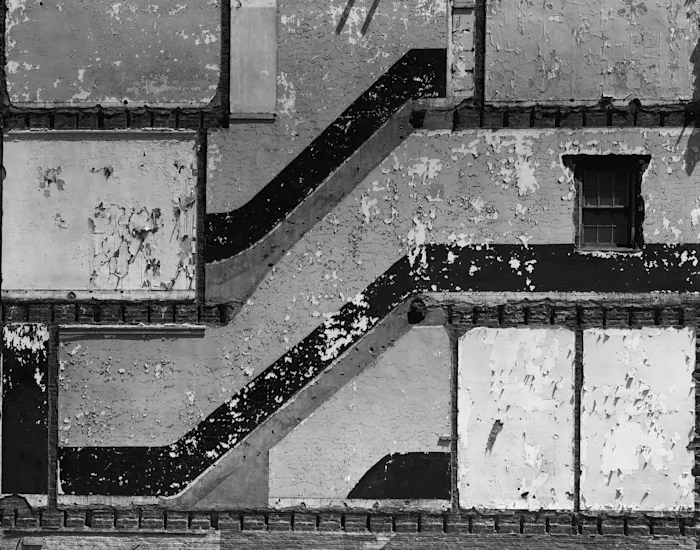Class Struggle in What Society?
Mikkel Bolt Rasmussen
1. Any analysis of the re-election of Trump must depart from the George Floyd revolt, which remains the most important “political,” or rather anti-political, event in recent American history. In Minneapolis and other cities in 2020, the constituted power of the state encountered a radical challenge. Unfortunately, most analyses of the election remain stuck in a totally obsolete left-right opposition that makes little sense in the US context, especially given how unconvincing it would be to claim that the Democrats constitute any species of left-wing political party. Harris’s campaign was tellingly peopled with ultra-rich celebrities and conservative hawks, including Dick Cheney’s daughter. The revolt of 2020, by contrast, announced a breakthrough in the history of American anti-capitalist rebellion, with people in the streets in more than 2000 cities and towns. The iconic scene of the Third Precinct in Minneapolis in flames stands as a warning sign to the ruling class that something like this could pop off at any minute. That the Black-led, multiracial revolt went entirely unmentioned during the election reveals the extent to which the ruling class remains united where the most important conflict is concerned. We may witness a shit show of competing factions of the local capitalist class jockeying for advantage over other members of the ruling class, but they are all in agreement that another revolt on the scale of 2020 must be kept at bay. If Trump 2016 was a preventive counter-revolution to ensure that any possible merger between Occupy and Ferguson was put to bed, Trump 2024 is an attempt to terminate the emergent state-negating refusal we saw in full force in summer 2020 in its womb.
With Herbert Marcuse and Fred Moten, we can understand the 2020 riots and protests as the refusal of a refusal whereby black proletarians, denied entry into “the stabilized animal society” (Cesarano) reserved only for wage laborers, slam the door in its face. That the police were the initial point of attack was no surprise. In the present conjuncture of crisis and immiseration, the police are the front line of control over all excluded subjects. That’s why it is “standard” police operations that tend to mobilize people. This has been the case all along the new protest cycle, from Sidi Bouzid in 2010 and London in 2011 to Ferguson in 2014, Minneapolis in 2020, and Paris in 2024. The names of those proletarians whose deaths brought masses of people to the streets — Mohamed Bouazizi, Mark Duggan, Michael Brown, George Floyd, Nahel Merzouk — stand as “the red light of sacrifice” (Bordiga) of a new Refusalist International. A movement that refuses the bankrupt left-right political system, that knows that it cannot bet on any of the existing visions of another world. They are all running on empty, and have been for some time.
2. National democracy is still not an opposition to fascism. In fact, it never was. Only in so far as we understand this can we engage in an analysis of Trump as a late capitalist fascist whose political program is based on racist exclusion, xenophobia, transphobia, misogyny and a vision — if we can call it that — of national rebirth. I say “if” because Trump, like the other late capitalist fascists, is far less grandiose and visionary than the inter-war fascists one tends to think of when we say fascist. Late capitalist fascism is a strangely hollowed-out kind of fascism whose images of a better future are colorized postcard visions of an imaginary past, an imaginary heyday of post-war industrial American society before the Black Panther Party, feminism, and all manner of gender-bending movements.
The new fascist forces are most likely just an expanded version of the same criminal element we’re familiar with from both Italian fascism and German Nazism. However, we need to revisit the old analyses of the relationship between state and crime. The left communists never gave the criminal element much weight, although Marx himself included it sporadically in his analysis of Bonapartism under the Second Empire. Amadeo Bordiga merely asserted that the bourgeoisie had a “Janus face” enabling the state to be social democratic or fascist by turns. In his encompassing reconstruction of Marx’s work, Maximilien Rubel wrote an entire monograph about Marx’s historical analyses of Bonapartism, which included a section on “the Praetorian regime” with five marshals running the country divided into five military pashalics (Trump’s use of the Border Patrol in 2020 on the streets of Portland might be a preview of what is to come). The Bonapartist state formation took place between two revolutions about twenty years apart, during which the French proletariat was constantly on the verge of returning to the barricades: “Now? Is it happening? This must be the moment!” A situation not dissimilar to the one we are currently living through, marked by a huge rise in mass protests, riots, and uprisings from 2011 onwards. Marx and Engels’ journalistic writings for New York Daily Tribune and in the First International’s pamphlets were filled with prophecies of coming insurrections in which the ruling order was certain to implode. And just as in previous eras, we see a return to political crime in order to quell the unrest. This is the case all over the place today, but it is especially visible Syria, Egypt, Saudi Arabia, Israel, the Emirates, and Iran, all of which have made corruption and murder key elements of domestic policy (e.g. the Assad regime had taken to producing large amounts of captagon after having been forced to hand over the Syrian underground to the Iranian mullahs and the port of Tartus to the Russians). In the US, Trump represents the final ascent to power of the “informal racket” (Camatte).


Fascism is not the opposite of democracy; this fact was clear enough in 2016, and it should be crystal clear now. That democracy has been reduced to casting a vote every four years already says a lot. The ingenuity of Trump lay in his ability to transcend the individuality of the voter in the booth, “giving the masses expression” (Benjamin) all the while ascribing blame for a sustained economic downturn on migrants, China, or “the deep state.” Trump at least registers the crisis in reproduction, even as he attempts to short circuit the long downturn by scapegoating specific groups (“shit hole countries” whose members are “eating the dogs” in Springfield and other places). This recognition — “I see the dismantling taking place” — was the “material” basis for his pitch as president. That Trump’s solutions will in no way reverse the downturn is obvious to many, I think, and probably even a substantial segment of those who voted for him. But at least he addressed the hardship; Harris did not. Her campaign had nothing to say to the many whose real wages had stagnated for decades and who have a hard time affording housing, care and other basic goods.
3. The re-election of Trump cannot conceal the fact that US society does not exist. Trump, in fact, repeatedly says so himself. “His” America importantly makes no pretense of encompassing all those living in the country. Trump has talked about shooting political rivals in the face and plans mass deportations of immigrants. The national unity and greatness he promises can be produced only through exclusions, deportations, and Kyle Rittenhouse-style killings. Unity re-created through exclusion: this is the re-emergence of civil war; the same civil war that the democratic representation of society makes every attempt to conceal.
The US might account for 26 % of global GDP, but the country is in a state of creeping autophagia. US citizens are among the most heavily armed in the world, with eighty-nine weapons for every hundred inhabitants, a total of 270 million weapons in the streets. Many of these citizens are organized into militias and ready to fight. Charlottesville and January 6, 2021 were only preludes. Every year, more than 30,000 people are killed by firearms, an average of over eighty victims per day. It is no longer a question of “transforming imperialist war into civil war” (Lenin), but of realizing that we already have both.
A sizable number of the mass protests that have taken place the last fifteen years across the world originated in a trembling rage against the absolute power of politicians who appear to murder and terrorize populations with complete impunity. The performative legal procedures against war criminals in the former Yugoslavia in the early 1990s feels like a distant memory. Just how distant is most evident, of course, in the ongoing destruction of Gaza, but also in the brutality against the Syrian revolutionaries in Aleppo and Ghouta by the recently-deposed Assad regime. And it was not merely Syrian revolutionaries who were bewildered by the Straflosigkeit granted to Assad even Carla Dal Ponte, the previous chief prosecutor at the UN’s international criminal law tribunal in Den Haag, expressed her amazement at the lack of any political will to prosecute Assad. We have entered a new period marked by what we can only be characterized as a military tyannicidum, in which leaders like Putin, bin Salman, Netanyahu, Biden, and Trump feel invited to do whatever they want without any kind of consequences. Remember when Trump gloated over the assassination of Michael Reinoehl by US Marshals in October 2020? The point, of course, is not to assert law and order, but to exhibit the extra-legal nature of legal violence itself. As Idris Robinson observed, when Trump appealed to the Boogaloo Boys and dispatched the Border Patrol to Portland in 2020, he was doing nothing other than exercising his executive powers.


Small wonder, then, that we are witnessing a revival of the methods of the Russian Populists who plotted to murder the Czar and other aristocratic figures in Moscow and Saint Petersburg during the final decades of the 19th century. Such efforts to reverse the degraded situation of Russia’s vast peasantry were themselves a revival of an even more ancient practice of tyrannicidal assassination, which condensed the relations of domination at play in the state and the church into discrete moments in space and time in order to dramatically visualize their basic oppressive functions for all to see. As state terror and the slow violence of capitalist accumulation continues to unfold, bombings and assassinations of politicians or other members of the ruling class by brave yet desperately isolated individuals are likely to continue, as last week’s alleged shooting of a UnitedHealthCare CEO by Luigi Mangione. While the political theory that once accompanied the concept of “propaganda of the deed” has few adherents today, the unbearable contradictions of a crisis-ridden US society only deepen; something’s got to give. Violence is already everywhere, and it is necessary to fight back.
The absence of any US society is confirmed by the most important statistic of the recent election, which concerns the large number of people who did not vote, who either abstained or simply couldn’t be bothered. Elections have as their presupposition the existence of the whole, of society. The refusal to chip in shows that many people are perfectly aware of the disintegration of society.
Lotta Continua’s slogan, “Class struggle in what society?”, came at a moment in 1977 when the creative part of the autonomist movement in Italy sought to reject the forced choice between state politics or terrorism. The same was true of the diffuse events of May-June 2020, which radically attacked the very idea of society as a cohesive unity with competing classes. There is – alas! – no class struggle™ (in its 19th century meaning) to join today; but there is no society either. It is decisive that we hold both of these thoughts together at once; doing so might even prevent us from ending up in another round of American politics in four years’ time. The diffuseness of the attacks on the state during 2020 is not to be lamented as a lack of focus or organization, it is something we should affirm. It is “sub/versive,” a term we find in a written report about the events in Bologna in February-March 1977 to the editors of Invariance: an ongoing undermining of the state, but also of all conceptions of a new totality, an abandonment of the entire reform-revolution-reaction nexus. In February 1977 it was no longer possible to speak in the name of humanity, community or the proletariat, and this is even more the case today. That some participants from Minneapolis most likely voted for Trump in 2024 only shows the incompatibility of a revolutionary event and an election. They do not align. There is no electoral path anywhere. That’s a dead-end. If a revolutionary perspective is still somehow present today, it lies outside the framework of politics and any kind of “public opinion.” It cannot be represented; not publicly, not even to ourselves. It remains a secret…for now. That is, until it shows itself in the streets again among those who refuse.
Mikkel Bolt Rasmussen's Trump's Counter-Revolution (2018) is available through Zer0 Books.
December 2024